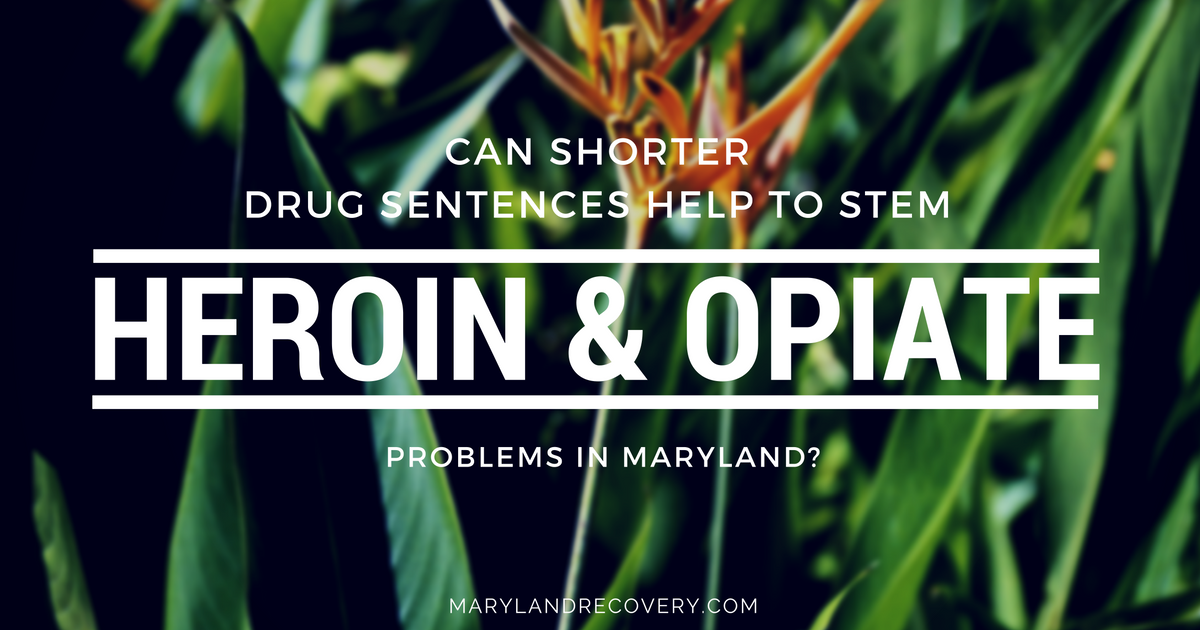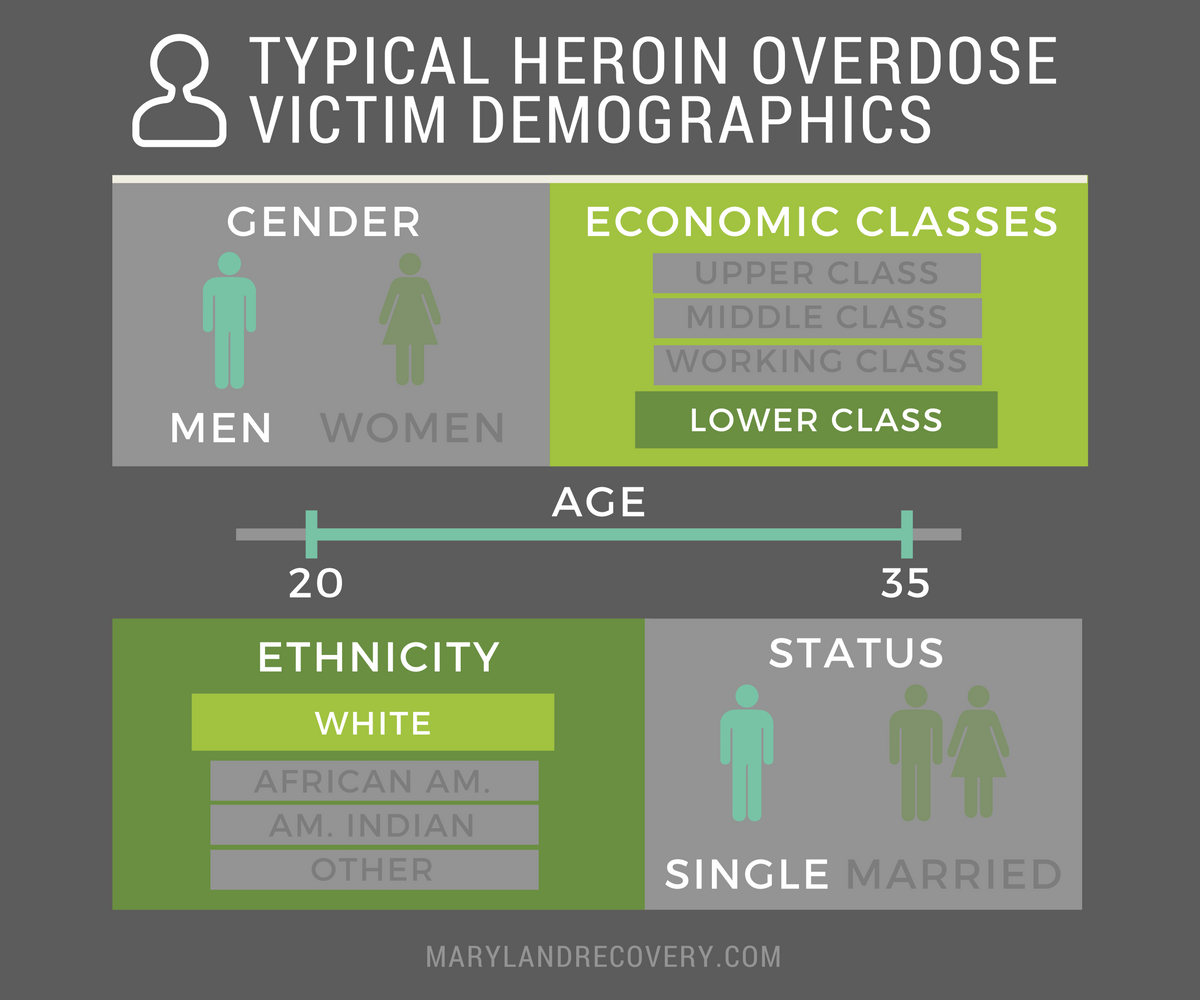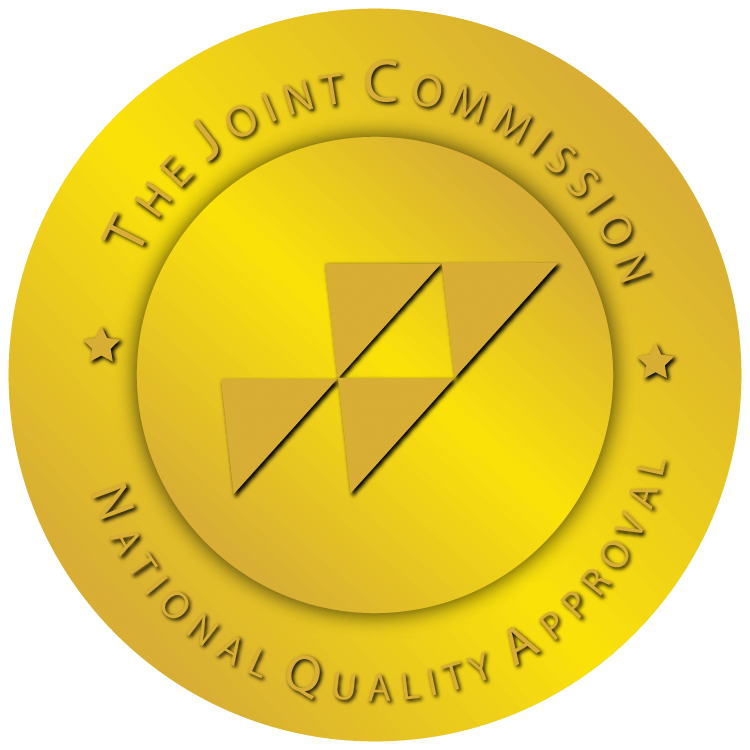 According to Annapolis police, their city is now the heroin capital of the region. In 2014 alone, over 100 people overdosed on heroin or opiates in Anne Arundel County. The overdoses killed at least 22 of their victims, and according to Sheriff Mike Evans, Annapolis was the source of the drugs in all cases. While several alleged dealers have been arrested, heroin and opiate problems persist in Annapolis, surrounding counties, and all of Maryland.
According to Annapolis police, their city is now the heroin capital of the region. In 2014 alone, over 100 people overdosed on heroin or opiates in Anne Arundel County. The overdoses killed at least 22 of their victims, and according to Sheriff Mike Evans, Annapolis was the source of the drugs in all cases. While several alleged dealers have been arrested, heroin and opiate problems persist in Annapolis, surrounding counties, and all of Maryland.
Who Are The Buyers And Dealers?
Annapolis police say many heroin and opiate buyers abused prescription painkillers before graduating to harder drugs. The typical profile of a heroin buyer is a suburbanite in his or her twenties, although no one is immune to addiction. Buyers are often the ones arrested, but police say dealers should be detained more often. To facilitate this, police have been making more undercover drug buys and busts since 2014. However, it hasn’t been enough to squelch Maryland’s rampant drug problem.
A typical overdose victim is a white man in his 20’s or 30’s. As recently as February 2016, 72% of heroin overdose victims were men between the ages of 20 and 35. In most cases, victims were unemployed or earned low wages. Many overdose victims have children, and some are single parents. Race may also play a role in how heroin and opiates affect Maryland citizens. Reports from the Capital Gazette and other newspapers reveal that the majority of people who possess and die from these drugs are white. However, most people charged with dealing heroin are black. Although Annapolis Police Chief Mike Pristoop says race isn’t a factor in handling drug issues, more people are noticing and responding to perceived discrepancies.
Race may also play a role in how heroin and opiates affect Maryland citizens. Reports from the Capital Gazette and other newspapers reveal that the majority of people who possess and die from these drugs are white. However, most people charged with dealing heroin are black. Although Annapolis Police Chief Mike Pristoop says race isn’t a factor in handling drug issues, more people are noticing and responding to perceived discrepancies.
What Will Solve The Heroin And Opiate Problems In Maryland?
In December 2015, a bipartisan panel was called together to discuss how to eliminate Maryland’s drug problems. Recommendations included shorter drug sentences, more treatment programs, and more efforts to help ex-offenders successfully reintegrate into society. The panel estimated that in the next decade, the number of Marylanders imprisoned for drug offenses could decrease by at least 20%. This would potentially save $250 million that could be used to rehabilitate and reintegrate ex-offenders.
Although the panel didn’t reach a consensus, they discussed a plan to cut current maximum sentences for drug dealers by 75%. They also recommended legislation specific to marijuana possession stating that a judge can’t impose a sentence longer than six months for a first-time conviction. Finally, the panel discussed the disparity in sentences for crimes related to crack cocaine versus powdered cocaine. According to panel representatives, these differences contribute to the alleged discrepancy between the numbers of black and white drug offenders.
Life As An Ex-Offender
Reports indicate that drug buyers and dealers struggle to reintegrate into society once released from prison. In particular, ex-dealers struggle to find employment, increasing the likelihood that they’ll recidivate. Additionally, the antisocial influences of most prisons can actually increase an offender’s aptitude for criminal behavior. Risk factors for recidivism vary from person to person but include poverty, under- or unemployment, and mental disorders. A long history of substance abuse or codependency is also a major factor.
How To Handle Codependency Issues In Friends And Family
Knowing a loved one is codependent or has a history of substance abuse is often the first step to keeping him or her out of the justice system. First of all, you must know what codependency is. Codependency is often a side effect of addiction because the addicted person becomes excessively reliant on one person for support. When that person is unavailable or refuses to engage in codependency, the addict is more likely to abuse drugs again and experience other negative consequences.
When dealing with a codependent family member or friend, don’t try to make them see their codependency as a disorder or force your understanding of their behavior onto them. Your friend or family member has to want help. The best thing you can do is be unmovable; resist manipulation and say “no” in gentle but firm ways. For example, say things like:
“I don’t feel comfortable doing that”
“I see we disagree; we’re not talking about this effectively”
Although your friend or family member can change, the process will be slow and there will likely be setbacks. You may need to stick with your loved one for a long time before you see significant changes. You may also need to set boundaries with this person or even step out of his or her life for a while. Don’t give up; you can make a positive difference.
If you know someone addicted to Heroin, opioids, or another substance, make sure they get help immediately. Often times the family doesn’t know the severity of the addiction, and it can only worsen if the problem continues. Steer them onto the road of recovery today with one phone call. If you would like to learn more about addiction treatment, click the button below.
Personalized Addiction Treatment Center
Reviewed by Christopher Schwartfigure MS, LGPC, CAC-AD








